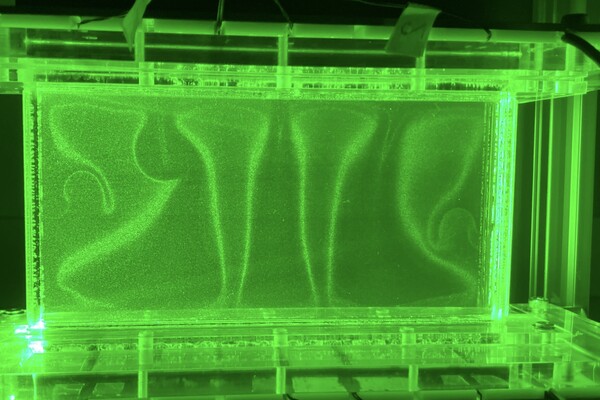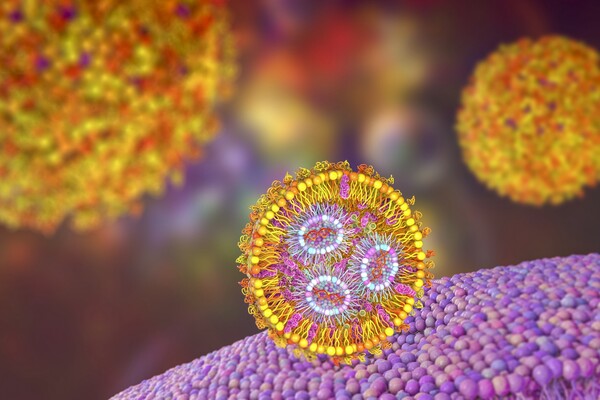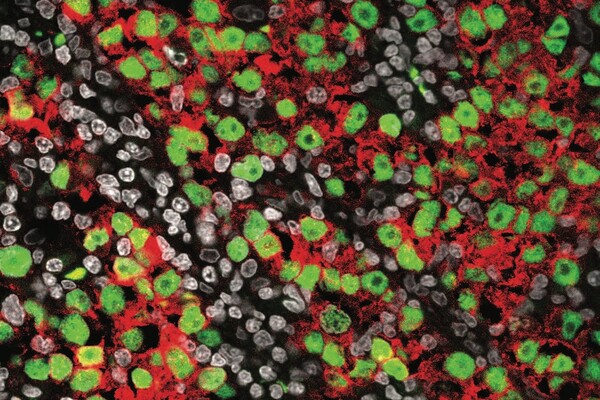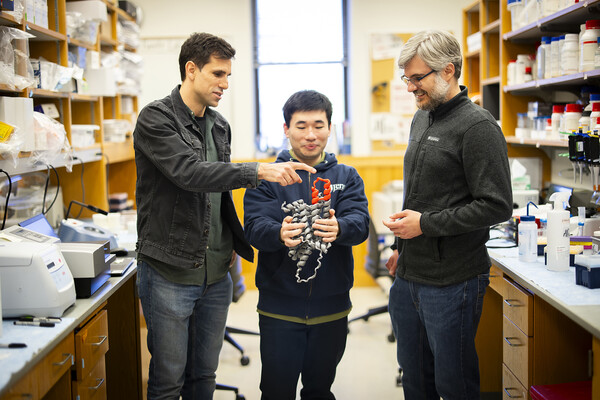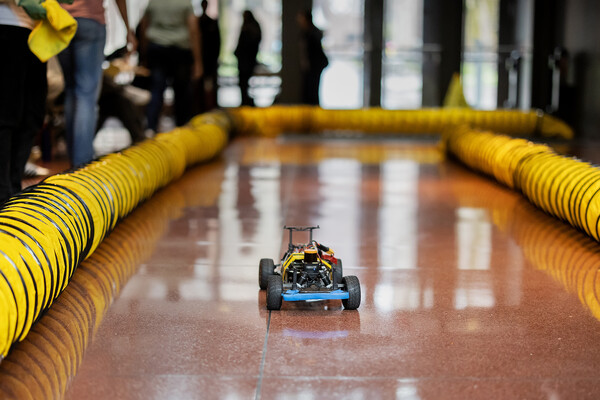
“Understanding the human factors and ethical implications of autonomous systems is just as crucial as the technical components,” says Mangharam. “This holistic approach aims to produce well-rounded engineers capable of addressing the multifaceted challenges of autonomous vehicle technology. Our goal is to equip them with the tools and mindset to tackle the challenges and opportunities of tomorrow.”
nocred

